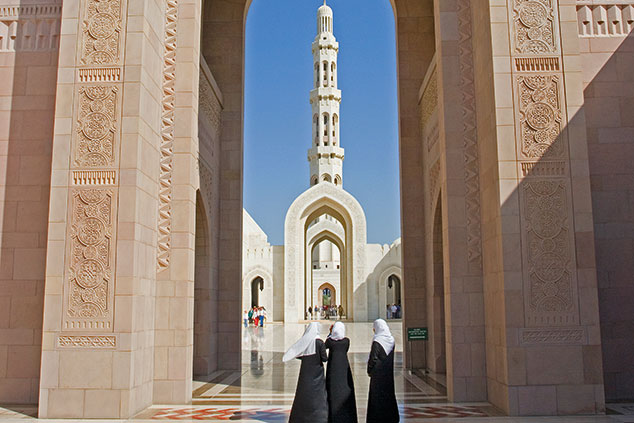
Look beyond emerging markets: a category of small, exotic countries known as frontier markets are illiquid and highly risky – but could be very rewarding, says David Stevenson.
Most investors will probably be aware of the attractions of emerging markets such as Brazil, Russia, India and China (the Brics). But there’s another category of smaller, fast-developing countries in Africa, Asia and Latin America that warrants closer attention: frontier markets. These comprise countries with markets either too small or too illiquid to be included in the big emerging-market indices.
In practical terms, this means they are difficult to trade in – but they also offer real opportunity.
These very diverse frontiers include everything from Vietnam and Saudi Arabia to Myanmar and Zimbabwe. You’ll even find Argentina in this bracket. A century ago Argentina was one of the world’s most advanced economies, but it has fallen on hard times and is no longer even considered a mainstream emerging market. Investors have fled over the past few weeks, wiping 20% off the local stockmarket.
Frontier markets don’t necessarily shadow emerging markets, however. They have various influences: some will be dragged up (or down) by commodities prices, while others are affected by what happens in the US (Argentina was particularly badly hit by dollar strengthening). Crucially, these diverse and heterogeneous markets will frequently move in a different way from China, the giant that tends to dominate most emerging-market portfolios.
Frontier-market funds and ETFs
The best way of accessing frontier markets is probably through an active fund such as the BlackRock Frontiers Investment Trust (LSE: BRFI). Over the last five years it has beaten its short list of rivals hands down, gaining 56%. It currently yields around 3.5%. But even this highly regarded frontier fund – it actually trades at a small premium to its net asset value – has had a tough few months and is down 8% over the last six months.
Its biggest positions have been in places such as Argentina and Vietnam, both of which have slipped amid worries over the strength of the dollar. Sticking with this idea of investing in funds, there’s also a small range of Vietnam funds listed on the London market, my favourite of which is the biggest, the Vinacapital Vietnam Opportunity Fund (LSE: VOF).
Another big opportunity for frontier-market investors is in the Gulf states. There is, for instance a London-listed fund that once focused solely on Qatar but now invests across the region: the Gulf Investment Fund (LSE: GIF).The shares have climbed over the past few months due to the strong oil price, although investors are still worried by the spat between the Saudis and the rulers of Qatar.
Sticking with the oil theme, it’s also worth watching the growing number of exchange-traded funds in the frontier sector. The most relevant in this context is from giant funds firm Invesco. It’s recently issued an ETF that tracks the main Saudi Arabian equities index (LSE: MSAU) and it invests in local banks, insurers, and materials stocks. Surging oil prices and the imminent listing of state hydrocarbons giant Aramco in the West will, I think, help drum up demand for local equities.
A risky but promising stock
Investors don’t have to stick solely to funds, however. There are also some direct investments you can make in frontier-market businesses listed on the London market. Sticking with the Gulf, take Tristar Capital. This London-listed micro cap – with a market valuation of £24m – is a special purpose vehicle. It owns a 40% stake in a huge processing facility (called SPMP) in Sohar, Oman, which is about to start producing gold and antimony, a metalloid used in batteries and cable-sheathing, among other things.
The project looks potentially highly profitable and will be the only facility of its type outside of China, but it’s burning through capital, which is why hedge-fund manager Odey Asset Management has just pumped another £13m into the business. It now has a supersized 72% stake in Tristar. Given Odey’s canny track record as an investor, that’s a punt worth noting.
According to the management, this $115m plant will have the capacity to produce 12%-15% of average annual world antimony production, making Oman a major global producer of the substance. Tristar also says that once working “at full capacity based on the indicative revenues of $245m, this would generate around $49m of Ebitda per annum”. If that is right, this one plant could be worth anything between $250m and $750m to the right commodities processor, which implies a big jump in value for that 40% stake owned by Tristar.
Clearly, lots could go wrong before the plant is fully operational, but the current market cap of just under £25m doesn’t look stretched, provided the cash starts rolling in at SPMP. Think of it as a triple play – on Oman, gold prices and the group’s management actually delivering on an ambitious project.